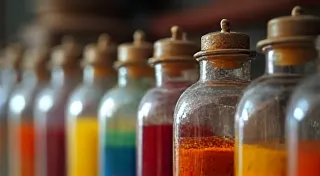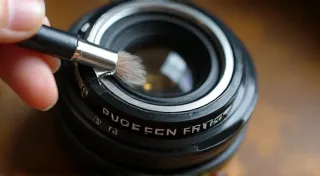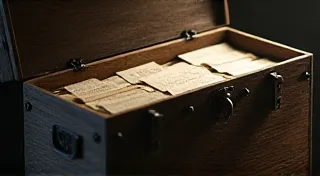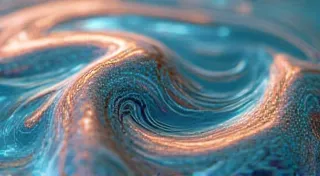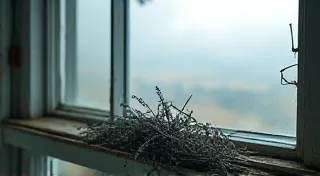Echoes in the Metal: Exploring the Significance of Materiality in Antique Camera Design
There’s a weight to an antique camera that a modern digital equivalent simply cannot replicate. It’s not just the physical mass of brass and glass, but the accumulated history pressing down, the quiet hum of decades gone by. Holding one feels like grasping a tangible connection to a different era – a time when photography wasn’t instantaneous, wasn’t ubiquitous, but a deliberate act, a ritual imbued with care and a profound respect for the process. And a large part of that feeling, that connection, resides in the materials themselves.
We’re not just talking about functionality here. We’re talking about choices made – choices about what looked good, what felt substantial, what conveyed an image of quality and aspiration. The materials chosen to construct these cameras weren’s arbitrary; they were reflections of industrial capabilities, aesthetic preferences, and the perceived value of both the technology and the person wielding it. Understanding these choices requires more than a casual glance – it demands a deeper appreciation for the artistry and skill involved.
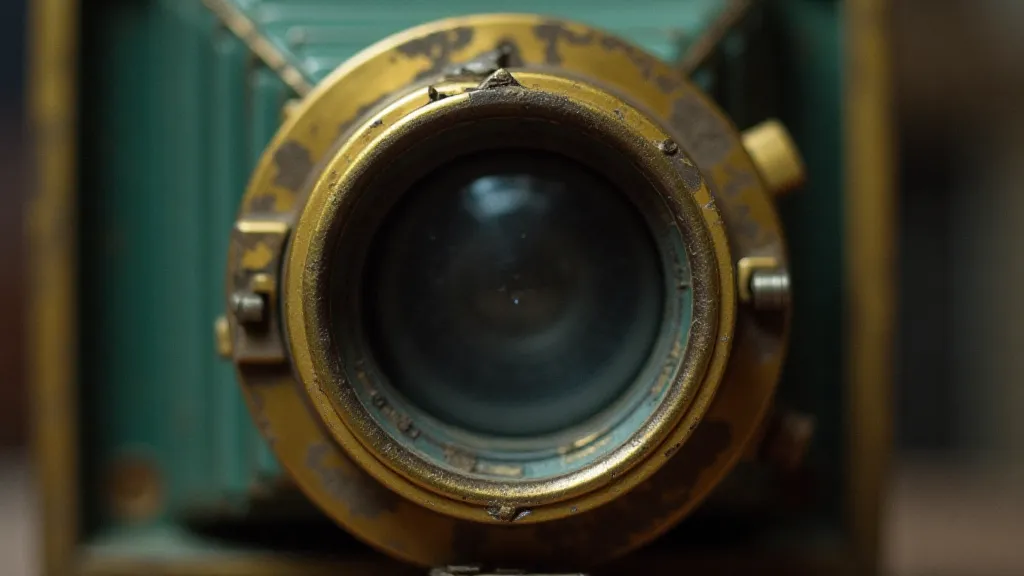
The Reign of Brass: Strength, Status, and Industrial Power
For much of the 19th and early 20th centuries, brass was king. Its abundance, malleability, and inherent beauty made it the material of choice for camera bodies, focusing mechanisms, and a host of other components. Brass exudes a sense of solidity and permanence – qualities that resonated deeply with the aspirations of the burgeoning middle class eager to capture their image and document their lives. A brass camera wasn't just a tool; it was a statement of affluence and taste. The intricate castings and precise machining possible with brass demonstrated the advancements in industrial technology of the period.
Consider the Kodak Brownie, introduced in 1900. While its simplicity revolutionized photography, even the Brownie, aimed at the masses, utilized significant amounts of brass. It conveyed a sense of reliability and durability, essential for convincing potential buyers that they were investing in something worthwhile. The very feel of the camera in the hand, the reassuring click of the shutter – all contributed to the perception of quality, reinforced by the choice of materials.
Restoring a brass camera can be a uniquely satisfying experience. The gentle polish reveals the underlying warmth of the metal, erasing years of grime and neglect. But it’s crucial to proceed with caution. Harsh chemicals can strip away the patina – that subtle green hue that’s a testament to its age – and diminish its character. The patina isn't damage; it’s history. It's a record of time, a visual echo of the camera's journey.
The Warmth of Wood: Grip, Aesthetics, and the Tactile Experience
While brass dominated the structural components, wood often played a vital role in providing grip and a sense of natural beauty. Mahogany, walnut, and other hardwoods were frequently used for handles, pistol grips, and decorative accents. The grain of the wood, the feel of it in the hand – these were details that contributed to the overall user experience. The choice of wood wasn’t just aesthetic; it was about enhancing the sensory experience, creating an intimate connection between the photographer and their equipment.
Imagine the photographer of 1920, meticulously framing a shot through the viewfinder of a beautifully crafted wooden-bodied camera. The warmth of the wood against their cheek, the reassuring weight in their hands – it was a more intimate connection to the act of creation than anything a modern photographer might experience. The selection of the perfect wood stock wasn’t merely a stylistic preference; it was integral to the overall feel and quality of the camera, contributing significantly to its perceived value and desirability.
The wood in antique cameras is often prone to cracking, splitting, and warping, a consequence of age and fluctuating environmental conditions. Careful restoration often involves consolidation – stabilizing the wood without attempting a full-blown refinishing. Sometimes, the beauty lies in the imperfections, the visible signs of age and use, a testament to the camera's history and the countless moments it helped to capture. Protecting and preserving these materials often requires an in-depth understanding, almost akin to uncovering the secrets of cleaning and preserving antique camera leatherwork - a skill as vital as understanding the mechanics of the camera itself.
The Elegance of Leather: Luxury, Protection, and a Touch of Refinement
Leather, whether used for bellows, covering, or decorative trim, added a layer of luxury and refinement. It wasn’t just about aesthetics; leather offered protection for delicate components and contributed to a more comfortable grip. The supple feel of aged leather evokes a sense of timeless elegance. The quality of leather varied considerably, reflecting both the camera’s intended market and the available materials. Some cameras boasted finely tooled leather coverings, while others utilized simpler, more utilitarian hides.
The smell of old leather alone can transport you back in time, triggering a flood of memories and emotions. But the preservation of this element is often a challenge, demanding a careful and considered approach. The complexities involved often go beyond a superficial understanding of materials, requiring knowledge of the specific challenges and techniques involved in preservation.
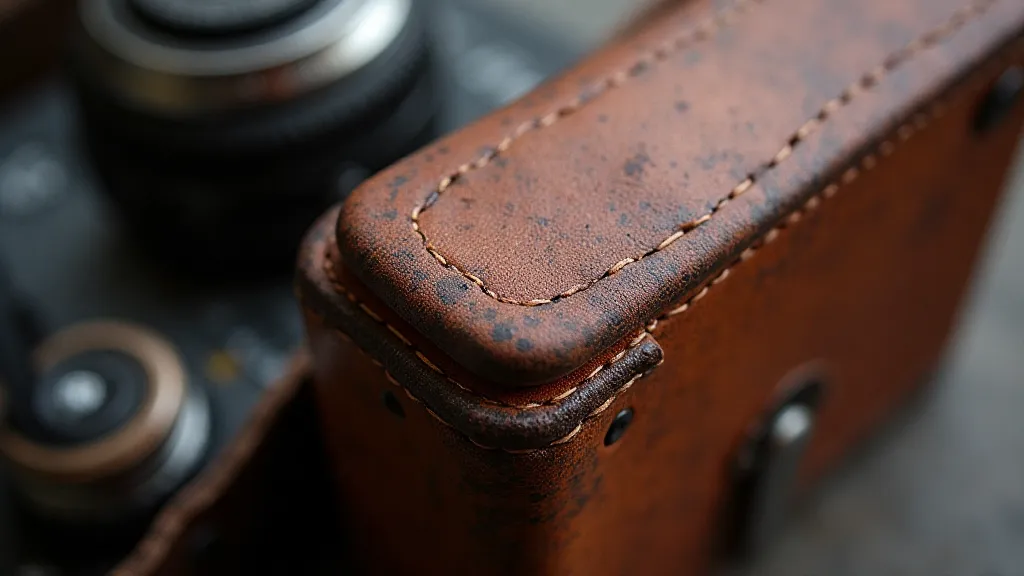
Beyond the Materials: Reflections of an Era
The materials used in antique camera design weren’t chosen in a vacuum. They reflected the industrial capabilities of the time. Brass production was becoming increasingly sophisticated, allowing for the creation of intricate castings and precisely machined components. The availability of high-quality hardwoods and the skill of leatherworkers were also essential factors. The choices made by manufacturers weren’t simply aesthetic; they were deeply intertwined with the technological and economic landscape of the era. Examining these choices helps to illuminate the broader context in which these cameras were created and used.
Furthermore, the choices reflected prevailing aesthetic preferences. The ornate, elaborate designs of Victorian-era cameras embraced the beauty of rich materials like brass and leather. As design philosophies evolved, so too did the materials used, often favoring simpler, more streamlined forms, mirroring the broader shifts in artistic and cultural trends. Understanding this evolution sheds light on the changing perceptions of beauty and functionality throughout the decades.
Restoring an antique camera isn’t just about fixing a broken machine; it’s about preserving a piece of history. It’s about understanding the choices made by the designers and manufacturers, the limitations they faced, and the aspirations they sought to fulfill. It’s about appreciating the artistry and craftsmanship that went into creating these remarkable objects, recognizing that each camera tells a unique story.
Collecting and Restoration: A Respectful Approach
For collectors, understanding the materials used in antique cameras is crucial for authenticating models and assessing their condition. Knowing that a camera's brass body should have a certain level of patina, or that a bellows should be made of specific types of leather, can help to identify reproductions or altered cameras. The nuances of these materials are often subtle but revealing, requiring a trained eye and a deep understanding of historical manufacturing techniques.
Similarly, for restorers, a deep understanding of the materials is essential for carrying out repairs and conservation work. Knowing how brass reacts to different chemicals, how wood expands and contracts with humidity, and how leather ages over time allows for a more informed and respectful approach. It demands not just technical skill, but also a reverence for the original creation.
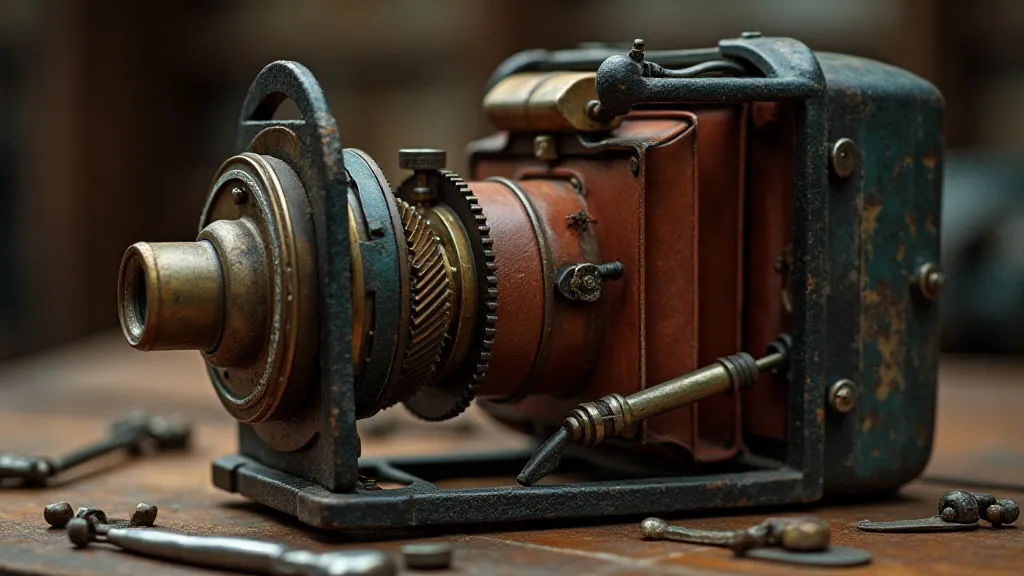
The materials of antique cameras tell a story – a story of innovation, artistry, and a bygone era. By understanding these materials, we can deepen our appreciation for these remarkable objects and ensure that their echoes continue to resonate for generations to come. And sometimes, the process of restoration and understanding itself evokes a contemplation of the memories embedded within these devices and the ethical considerations involved in bringing them back to life. This goes beyond a simple technical restoration – it’s about preserving a fragment of the past and honoring the stories it holds.
Beyond the Mechanics: Capturing a Photographic Legacy
The significance of antique cameras extends far beyond their mechanical operation. They serve as tangible links to an era when photography was a deliberate act, a practice laden with ritual and purpose. Examining these machines forces us to consider the evolving relationship between humans and technology, and the profound impact that photography has had on shaping our understanding of the world. This exploration allows us to better understand the stories captured within forgotten family archives, and the powerful legacy that these devices have helped create.
The study of antique cameras, their materials, and their history also provides a unique lens through which to examine the larger context of technological and societal change. It’s an opportunity to appreciate the ingenuity of past generations and to gain a deeper understanding of the forces that have shaped our present. By immersing ourselves in this rich heritage, we can begin to appreciate the complexity of innovation and the enduring power of visual storytelling.
